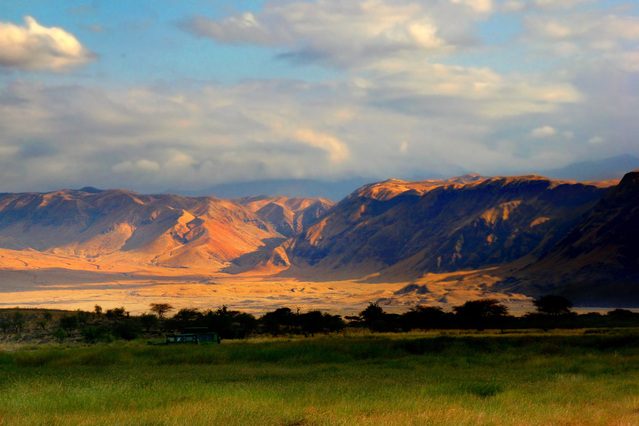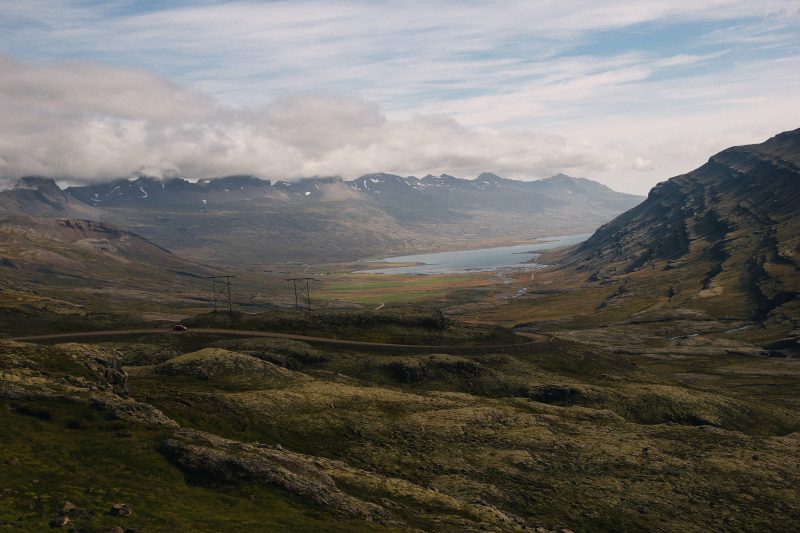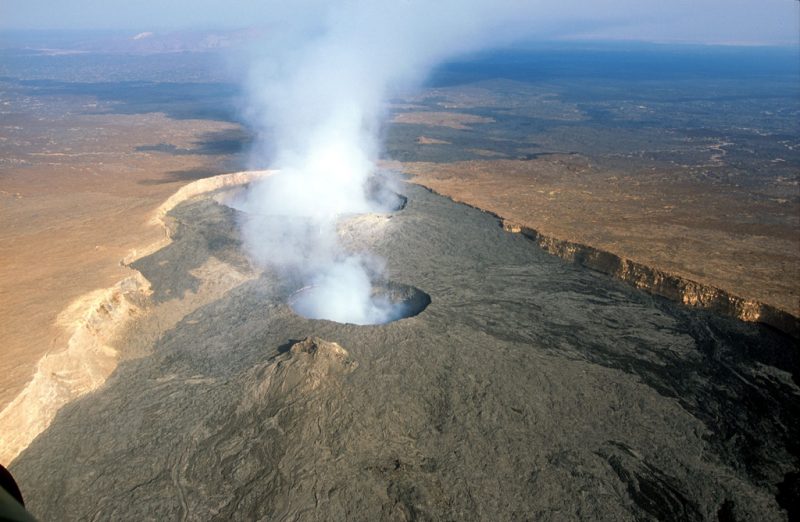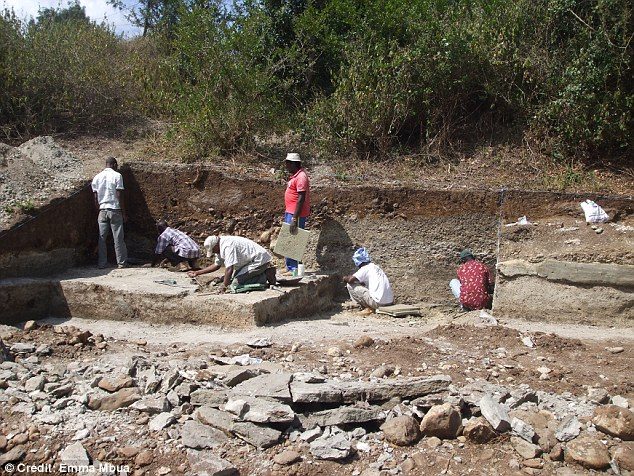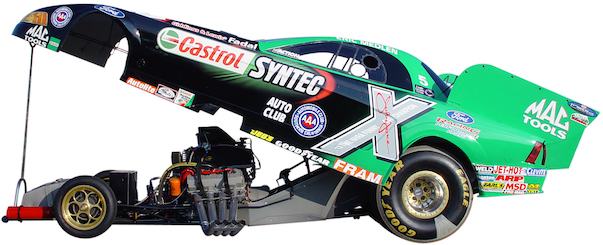East African Rift Valley Inspires Awe
One of the geologic wonders of the world is the East African Rift Valley system, which is the largest rift or fracture in the surface of the earth that has widened over time. People also call it the Afro-Arabian Rift Valley. It is a place where the tectonic forces of this planet have created new African plates by splitting the old mainland crust apart in the same way it does mid-ocean ridges. So, the East African Rift Valley is a divergent edge in a region of mainland crust. Debates are still going on as to how exactly rift comes into being. But the process is well displayed in East Africa.
Branching into 2
The rifting of East African Rift Valley system has paved the way to 2 branches – the East Rift Valley and the West Rift Valley. Consequently, on the west are the African Great lakes. The parallel rift to the east divides Kenya north-to-south and enters Tanzania where it dies out. Lake Victoria is between these 2 branches. In short, these fractures follow the old sutures between mainland masses and the Tanzania craton.
Forming of branches
The mainland masses are ancient that hit billions of years ago to form the African craton. However, the Tanzania craton is a small core of metamorphic rock that was too hard for it to go straight through. Instead, it diverged around it forming the 2 branches – east and west. The plateaus near to the East African Rift system slope upward toward the valley. They provide and average of 2,500 feet to the valley floor. In the Gikuyu and Mau escarpments, it drops about 8,500 feet.
East Rift Valley
The east branch system is the main branch of the East African Rift Valley system and extends along the length of the rift system. The branch is in the north by the Gulf of Aqaba, the Dead Sea, and the Jordan River. It has the Main Ethiopia Rift from the Afar Triple Junction which runs along the Red Sea and the Ethiopian Denakil Plain towards the south to Lakes Naivasha, Rudolf, as well as Magadi in Kenya along the Kenyan Rift Valley. It is less seen in Tanzania, due to the loss of soil in the east rim, but the rift runs south through the Mozambique plain and the Shire river valley to the Indian Ocean coast near Beira, Mozambique. The east branch is dry, which one can is seen in the salt-loving algae of the salty and shallow Lake Magadi. A nearby lake to the north appears dark due to the depth.
West Rift Valley
The west branch of the East African Rift Valley System forms an arc all the way from Uganda to Malawi. It extends north from the north part of Lake Nyasa in an arc that includes Lakes Rukwa, Kivu, Tanganyika, Edward, and Albert. The lakes within the West Rift Valley are in-depth and fjord-like. The floors of some of these lakes are well below sea level.
Features of rifts
The west and east branches of the East African Rift Valley system have very different features even though the same tectonic means built them. The west branch is characterized by deeper basins with large lakes and lots of sediment while volcanic activity typifies the eastern branch. Active crevice formation and basalt eruptions feature the east rift. Most such phenomenon in the world is now either under water or sediments and hard to study directly. The East African Rift System, on the other hand, is an excellent laboratory to study an actively developing system. Geologists and scholars explore the formation of an ocean on land by directly observing the Ethiopian Rift.
Volcanic rift hazards
The stretching process results in tension causing the crust of the East African rift valley to weaken. Hence, the system that has been forming for 30 million years is often associated and marked by individual and substantial volcanic activity. There is a variety of volcano types along the East African Rift System. They are usually on the fissures and edges along the parts of its length ranging from effusive basaltic fissure systems to large explosive silicic centers. Some geologists consider these eruptions as flood basalts because the lava erupts along fractures and runs over like water during a flood.
Variations of volcanoes
The styles, frequency, and magnitude of these volcanoes vary. The eruptions can even cover vast areas of land and develop large thicknesses. Some of these volcanoes are large, producing such massifs as Mount Kenya and Mount Kilimanjaro. Deeply eroded slopes indicate that the volcanoes have been inactive for a long time, whereas the volcanoes that are on the faults are much younger than that. Some curious geologists have been investigating the creation and movement of past and current rift magmatism and active volcanism from the surface all the way to deep within the earth in the Afar Depression and the Main Ethiopian Rift.
Beginnings of humans
The unique geological setting called the East African Rift System is always high on the list of marvels to visit not only for volcanic studies but also to understand how continents break apart. Equally significant is its contribution towards understanding the beginnings of human evolution. Many hominid fossils remain within the rift. Therefore, the development of the East African Rift Valley has played a key role in shaping human development. Its structure may have made East Africa sensitive to climate changes which led to alternations between dry and wet periods. The pressure caused by these environmental changes may have altered the local climate. It gave humans just the motivation to become brainier, bipedal and to be cultured. And along they wondered how such a rift came into being to adapt to the shifting climates.
5 Frequently Asked Questions About Great Rift Valley
To book a safari in Rift Valley, please fill out the following form or simply email us on safaris@safari-center.com

